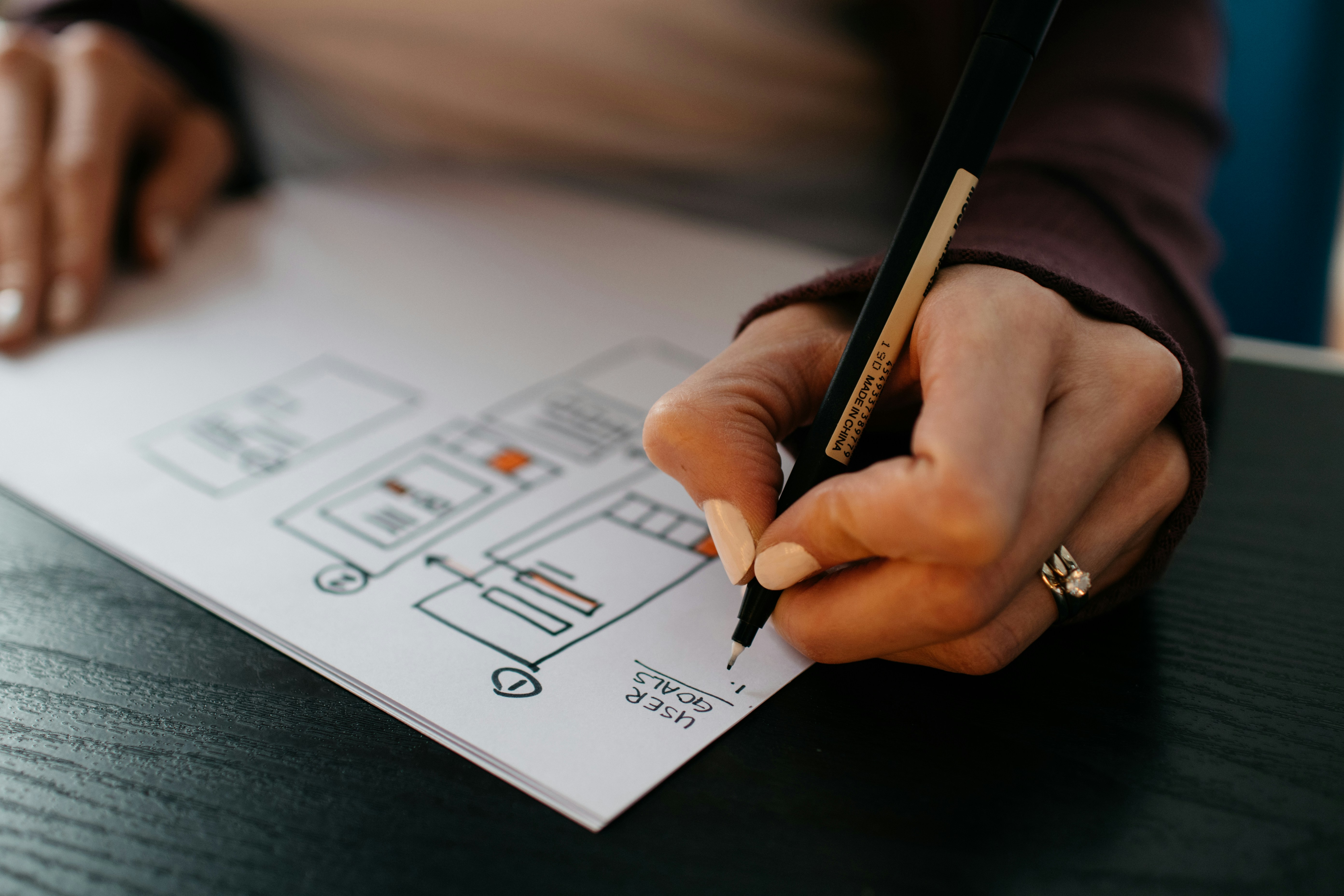Feb 28, 2022
10 min read
Creating Accessible Designs: My Approach to Inclusive User Experiences
In today’s rapidly evolving digital world, accessibility is not just an afterthought but an essential component of any design. From websites to apps, creating an inclusive user experience means ensuring that everyone, regardless of their abilities, can interact with and benefit from the product. Accessibility helps bridge the gap for users with diverse needs, fostering a more equitable online environment.
Why Accessibility Matters
The importance of accessibility in design extends beyond mere compliance with regulations. It’s about empathy and understanding the diverse ways in which people interact with digital spaces. For users with disabilities, whether it's visual, auditory, motor, or cognitive, accessible design can make all the difference in whether they can use a product effectively or not. When accessibility is prioritized, you open up opportunities for a broader audience and help create a more inclusive society.
Tools for Designing Accessibly
One of the key tools I use when designing with accessibility in mind is the Web Content Accessibility Guidelines (WCAG). These guidelines are the backbone of creating accessible web content, helping designers and developers meet the needs of users with disabilities. Some of the essential tools that I use include:
Color Contrast Checkers: Tools like the WCAG Contrast Checker help ensure that text is legible for people with visual impairments. By ensuring there’s enough contrast between text and background colors, I can create a design that’s easier for everyone to read.
Screen Reader Testing: I often use screen reader software like NVDA (NonVisual Desktop Access) or VoiceOver to test how content is read aloud. This ensures that important information is conveyed clearly, especially for users who rely on auditory feedback.
Keyboard Navigation: Many users rely on keyboards or alternative input devices rather than a mouse. By testing keyboard navigation, I ensure that all interactive elements are accessible, from links and buttons to forms and menus.
Strategies for Implementing WCAG Standards
Incorporating WCAG standards into my design process is vital for creating an inclusive experience. Some key strategies include:
Semantic HTML: Using proper HTML tags, like headings, lists, and landmarks, makes content more understandable to screen readers. This creates a logical flow and structure for users who can’t visually see the layout.
Alternative Text for Images: Including descriptive alt text for images is one of the easiest and most effective ways to make content accessible. This allows users with visual impairments to understand the content through screen readers.
Responsive Design: Ensuring that designs are flexible and work on various devices, from desktops to smartphones, is crucial. By using fluid grids and flexible layouts, I make sure that my designs adapt to different screen sizes, providing an optimal experience for all users.
Testing and Feedback: Regularly testing designs with actual users, especially those with disabilities, is one of the best ways to identify and fix accessibility issues. Feedback from real-world users gives me valuable insights into how I can further improve inclusivity.
Examples of Accessible Design in Action
A recent project I worked on involved designing an e-commerce website for a client who wanted to cater to a diverse customer base. By adhering to WCAG guidelines, I was able to ensure that the website was usable for people with visual impairments, mobility challenges, and cognitive disabilities. Key features included high-contrast buttons, large text options, and intuitive navigation through keyboard commands. The end result was a fully accessible online store that not only met legal requirements but also welcomed all users with open arms.
Designing for All
As a designer, my approach to accessibility is rooted in the belief that great design is for everyone. When we make products that are accessible, we are not just meeting legal standards—we are making the world a more inclusive place for all. Accessibility should be woven into every stage of the design process, from ideation to testing. By embracing WCAG guidelines, utilizing the right tools, and always keeping the user at the center, we can create experiences that truly serve everyone, regardless of their abilities.

